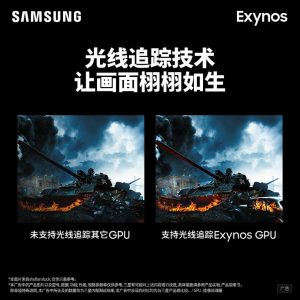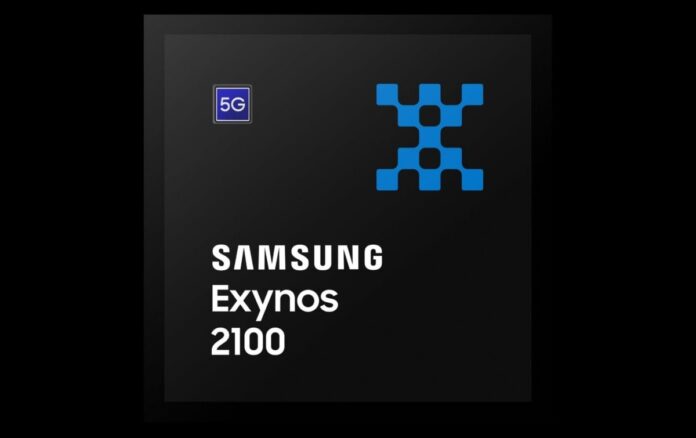AMD’s RDNA 2 architecture is used in Samsung’s next-generation Exynos 2200 graphics processor, which will maintain the ray tracing functionality that has been available on desktop and laptop graphics cards for the last several years.
In contrast to the conventional technique of lighting 3D models, ray tracing is a physically precise simulation of how light bounces off objects, resulting in more realistic reflections as well as more photorealistic lighting and shadows. However, since ray tracing is computationally costly, it can only be used in games with dedicated hardware.

Also, Variable Rate Shading will be supported by the GPU, allowing it to display some objects (such as the player character) at a better quality than others.
This means it will be up to 30% quicker than the current top Mali GPU. This is slightly ahead of the forthcoming Mali-G710. In the end, the performance will be determined by how fast Samsung can make the final chip run.
Additionally, RDNA 2 is found in AMD Radeon RX 6000 graphics cards. We also saw it on Sony PlayStation 5 and Xbox One S/X (with minor modifications). Further, an APU within the Steam Deck. It also powers new Tesla Model S and X vehicles’ entertainment systems, too.







